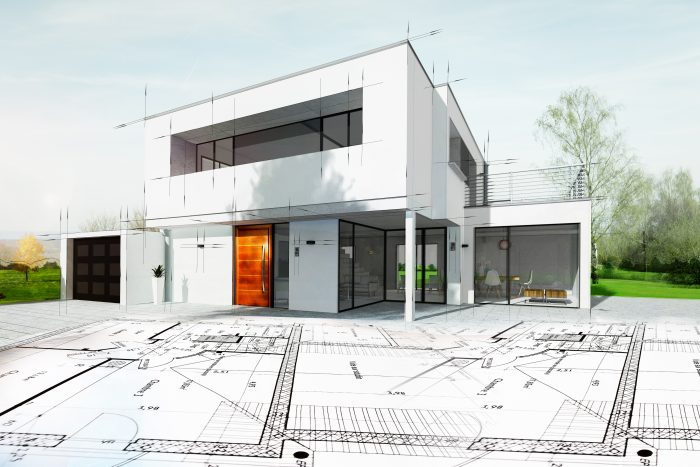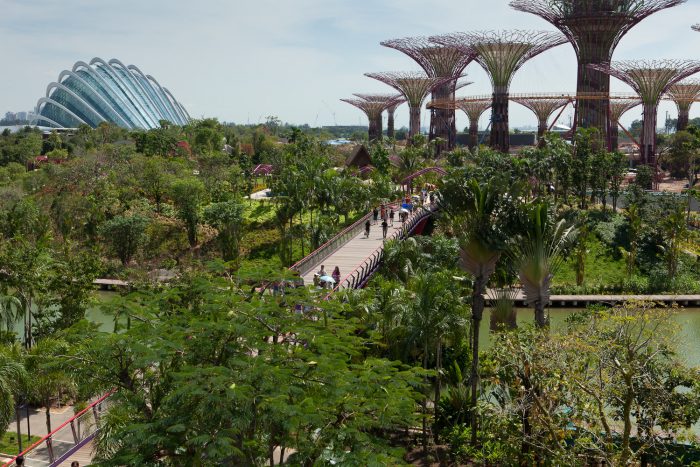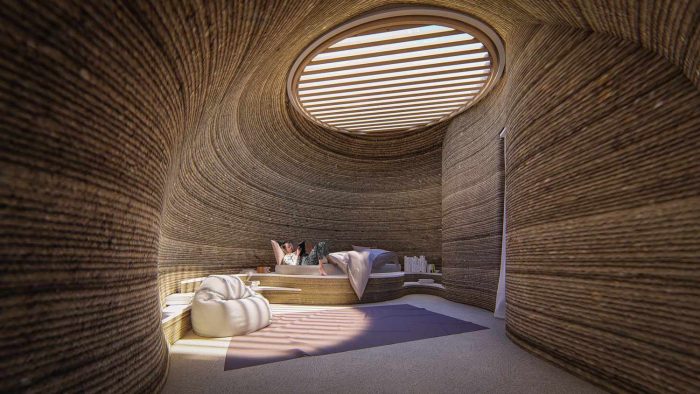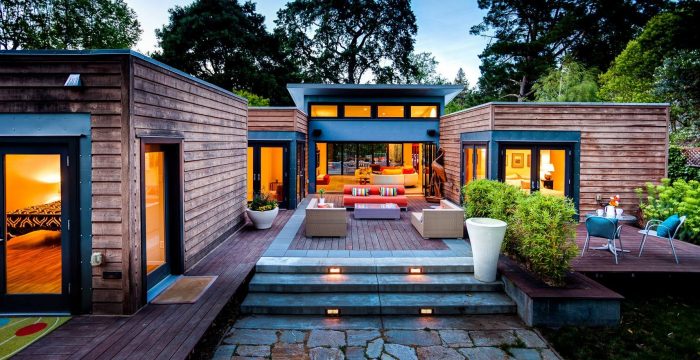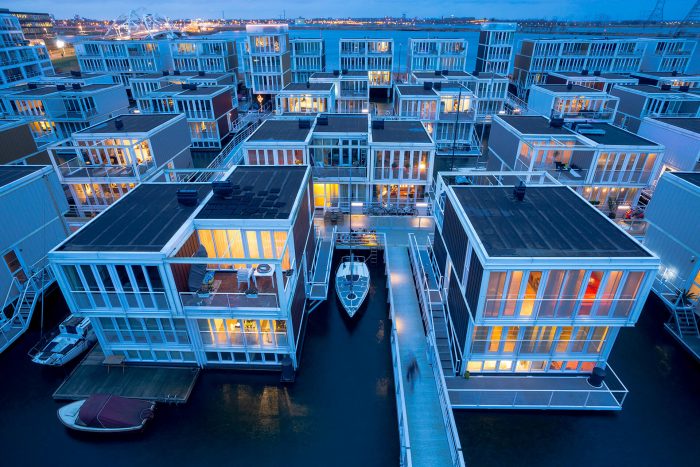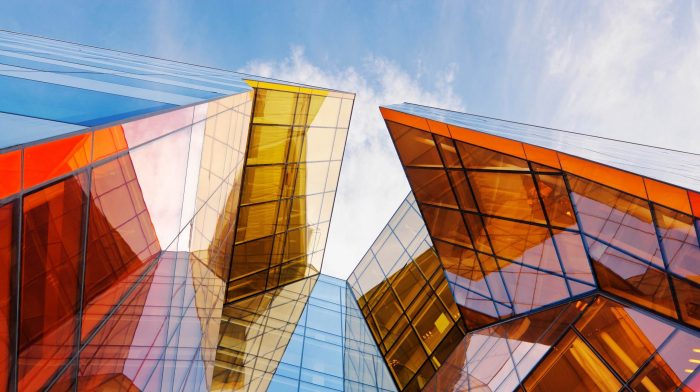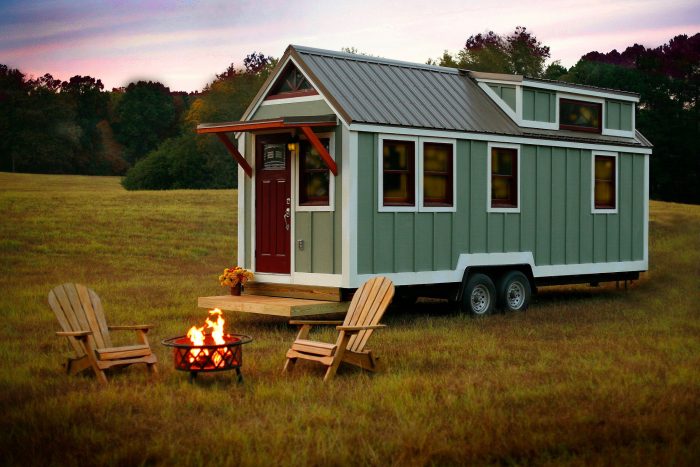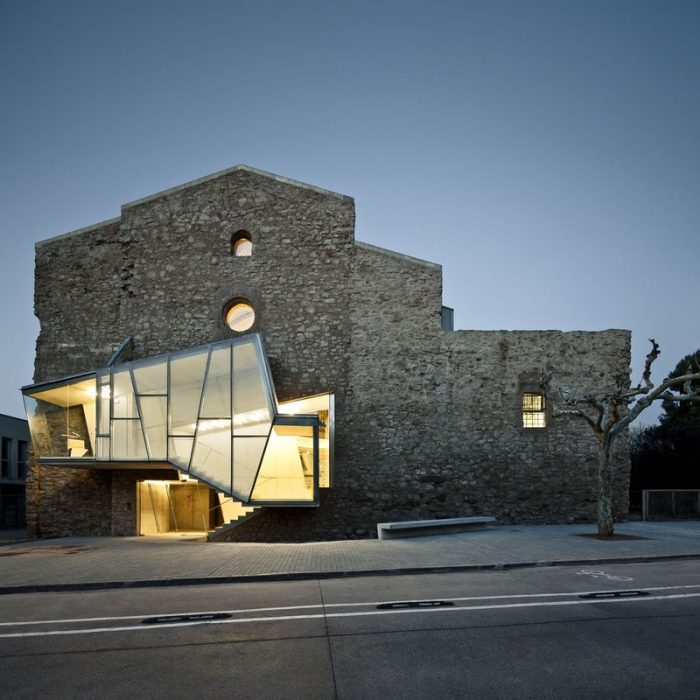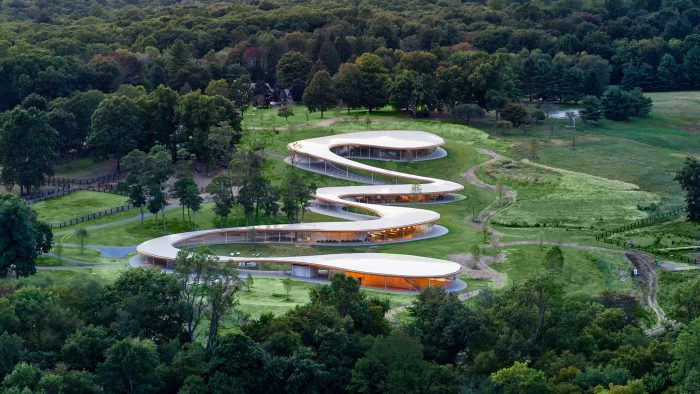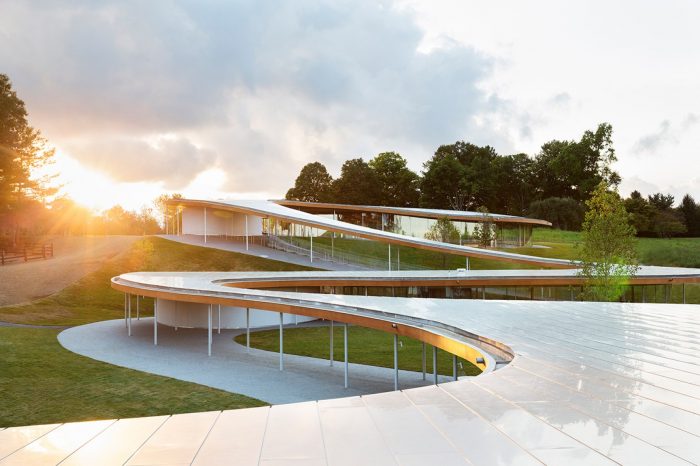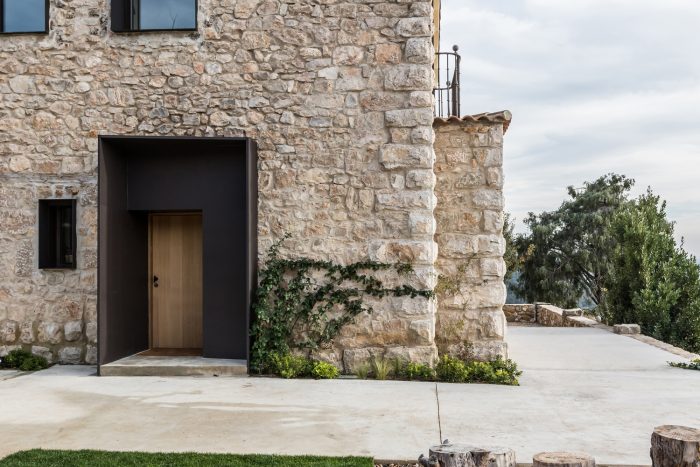We’re all aware that architecture is the most crucial sector of the worldwide system, which causes architectural trends to shift yearly. While developers and designers work today to construct the world of the future, architects work even harder to adapt quickly to new realities and offer potential planning options.
It requires extensive research, innovative methods, comprehending revolutionary materials, or finding new ways to apply old ones. However, we can already observe the current architectural trends in 2023 that are being actively adopted and will only grow in popularity in the future.
What are the Current Architectural Trends?
Architects are designing tomorrow’s society with several future criteria, including reduced rents, more resistance to climate change, reduced construction costs, and increased sustainability.
Changes in architectural trends have always occurred at a slower pace than conventional interior design trends, fashion trends, and others. Learning how to use existing materials in novel ways can take just as long as developing brand-new technologies. Below, we’ll show how these complex new concepts are shaping today’s architecture’s future and expanding the boundaries of our built world.
1) Biophilic Urbanism
There is a rising reliance on developing buildings that are ecologically friendly and efficient in their use of resources, involving energy-saving materials and practices such as passive solar architecture and green roofs. The addition of green spaces in cities constructed with high-rise structures benefits humans and the environment. The abundance of living plants enhances air quality, maintains natural habitats, and keeps the climate stable and healthy.
Also read: 9 to Watch and 6 to Avoid Kitchen Trends in 2023 From the Best in the Business
2) 3D-Printed Designs
The use of technology, such as 3D modeling and printing, BIM, and the Internet of Things, is becoming increasingly prevalent in the design and construction of buildings. But why especially 3D printed designs? It’s not just about reducing labor time and streamlining logistics; 3d models permit all kinds of curved, textured forms best controlled by a machine while also enabling architects to conceive high-precision architectural models from the beginning.
These designs are easily replicable worldwide, producing a financially feasible, simplified, and sustainable approach to building – architecture for the public without stress.
3) Modular Construction
Modular homes are also a promising architectural trend considering 70-90% of their components are constructed at the manufacturer and then transported to the construction site. The modular system is more efficient than traditional construction for some buildings. These include medical facilities, hotels, and standard residential structures.
4) Floating Buildings
There may be no more exquisitely another place for revolutionary architecture than the water. A swarm of floating living areas, propelled by revolutionary materials and technology that allows building recognizable structures at the correct height, has quickly turned once-imaginary images into reality.
Most of these designs take severe weather into account and are frequently hurricane and flood-proofed for what climatological scenarios may bring anytime.
If you’re interested in floating architecture: read more about “The World’s Largest Floating City Ever Built by Lazzarini.”
5) Smart Materials
The usage of innovative materials is progressively gaining traction. Smart glass is one such invention already in use due to its capacity to vary transparency levels based on the time of day and other factors.
6) Tiny Homes
The primary aspiration of this generation is, however, tiny homes. Tiny homes are the most cost-effective and environmentally friendly design you’ll ever see, and the idea has undoubtedly evolved over the years. These homes aim to create a life focused on what is genuinely valuable and to be content with what you have.
Also read: 50 Architecture Books that Every Architect Should Read.
7) Adaptive Reuse Architecture
Rather than demolishing and constructing new installations, there is a movement toward reusing or adapting existing structures for further usage. Reusing can assist in preserving a location’s character and heritage while lowering the environmental impacts of building new constructions.
The Convent of Sant Francesc in the Catalan town of Santpedor is a clear example of adaptive reuse in architecture. The building’s refurbishment intended to distinguish the new additional elements through the use of contemporary construction techniques and languages that differ from the original structure of this ancient church. The goal was mainly to preserve all parts of the building’s history.
Also read: Redesigns Of 7 Iconic Buildings In Different Architectural Styles
8) Community-centered design
Buildings and settings accessible and friendly to a diverse range of individuals, including those with disabilities, are becoming increasingly one of the most prominent architectural trends we’ll see in 2023. These communities include establishing locations stimulating social contact and community engagement and designing outdoor spaces.
Grace Farms community center demonstrates this. The center’s expanded bands enable it to provide a diverse range of charitable and community activities, conversations, performances, art workshops, athletics, and religious services. The river’s bending curve and transparency aim to assist visitors in appreciating the stunning scenery preserved in open grasslands, bushes, and ponds.
9) Environmental friendliness materials
New building materials, such as hemp concrete and biocomposite, are becoming more popular in the construction industry, which is no surprise given the water, climate conditions, and fire safety criteria they meet. Hemp concrete consists of hemp fibers, limestone, and water. It creates thermal mass, which keeps the building temperature steady.
Furthermore, absorbent and living materials increase indoor air quality dramatically. As the primary ecological materials, cork panels and wood are expected to be actively employed in 2023 architectural trends.
FAQS:-
What is the current trend in architectural 3D rendering?
In 2023, the ability to communicate a story through a building's design will be a hot commodity. This pattern has been around for a while, yet it shows no signs of backing down.
What technology trends are most impacting enterprise architecture?
Many firms are implementing new digital technologies such as IoT, blockchain, automation, robotics, and so on to boost their competitive advantage or reinforce their daily operation.
What is the future of architecture?
Architects will indeed be needed in the future, as the demand for designs, urban planning, architectural construction, and property development will always overwhelm the number of people available to perform the same.


